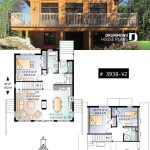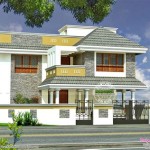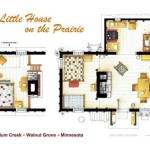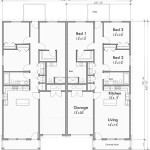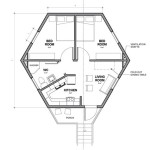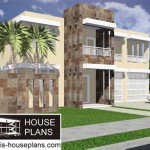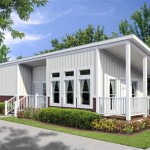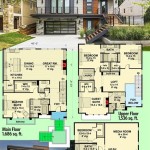House Plans Small Footprint: Essential Considerations for a Compact and Efficient Home
In today's world, where space is often at a premium, house plans with a small footprint are becoming increasingly popular. These compact designs offer a multitude of benefits, including reduced construction costs, lower energy bills, and a more sustainable lifestyle. However, there are several essential aspects to consider when designing a home with a small footprint to ensure that it meets your needs and provides a comfortable and functional living space.
Functionality and Space Planning
The key to a successful small footprint home is maximizing functionality and optimizing space planning. This involves carefully considering the flow of movement within the home and ensuring that each room has a specific purpose. Open floor plans, multi-purpose spaces, and built-in storage solutions can help create a sense of spaciousness and efficiency.
Natural Light and Ventilation
Natural light and ventilation are crucial for creating a healthy and comfortable living environment. Incorporating large windows, skylights, and clerestory windows can bring in ample natural light and reduce the need for artificial lighting. Proper ventilation systems, such as cross-ventilation and exhaust fans, ensure good air quality and prevent the accumulation of moisture and odors.
Smart Storage Solutions
Storage is a critical consideration in small footprint homes. Built-in shelving, under-the-bed storage, and multi-purpose furniture can help keep clutter at bay and maximize available space. Utilizing vertical space with tall cabinets and shelves can also create additional storage capacity without taking up floor space.
Energy Efficiency
Small footprint homes lend themselves well to energy-efficient designs. Insulation, efficient appliances, and renewable energy sources, such as solar panels, can significantly reduce utility costs and minimize the environmental impact of the home. Considering passive solar design principles, such as proper window placement and thermal mass, can further enhance energy efficiency.
Outdoor Living
Even in small footprint homes, it is important to incorporate outdoor living spaces. Patios, decks, or balconies can extend the living area and provide a place to relax, entertain, and enjoy the outdoors. Vertical gardens and trellises can add a touch of nature and privacy to small outdoor spaces.
Contextual Design
The design of a small footprint home should be sensitive to its surroundings. It should complement the architectural style of the neighborhood and respond to the local climate and environmental conditions. Consider the orientation of the house, the prevailing wind direction, and the use of native plants in the landscape to create a home that is both aesthetically pleasing and sustainable.
Conclusion
Creating a house plan with a small footprint requires careful planning and attention to detail. By considering these essential aspects, you can design a home that meets your needs, provides a comfortable and functional living space, and promotes a sustainable lifestyle. Embrace the challenges and opportunities of compact living to create a home that is both efficient and fulfilling.

Small House Floor Plan Square Footprint Lends Itself To Mini Villa Design Plans

Compact Homes That Live Big Defying Small Footprint Expectations

10 More Small Simple And House Plans Blog Eplans Com

10 Small House Plans With Open Floor Blog Homeplans Com

100 Small Footprint Houses Ideas House Design Plans
Small Homes Top 5 Floor Plans Designs For Houses Architecture Design

These Small House Plans Pack A Lot Of Punch Houseplans Blog Com

10 Small House Plans With Open Floor Blog Homeplans Com

3 Bedroom Transitional House Plan With A Small Footprint 22486dr Architectural Designs Plans

10 More Small Simple And House Plans Blog Eplans Com

